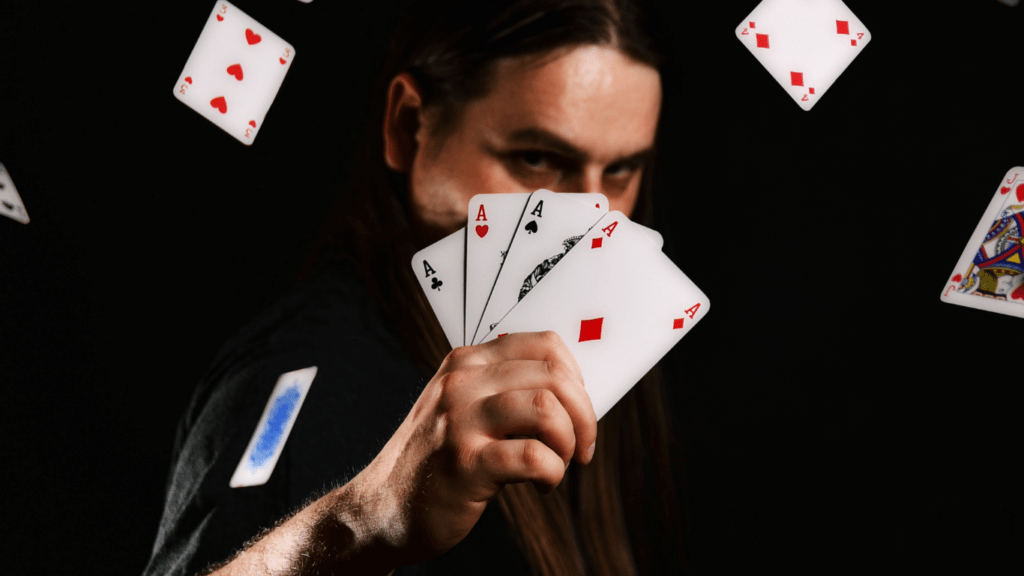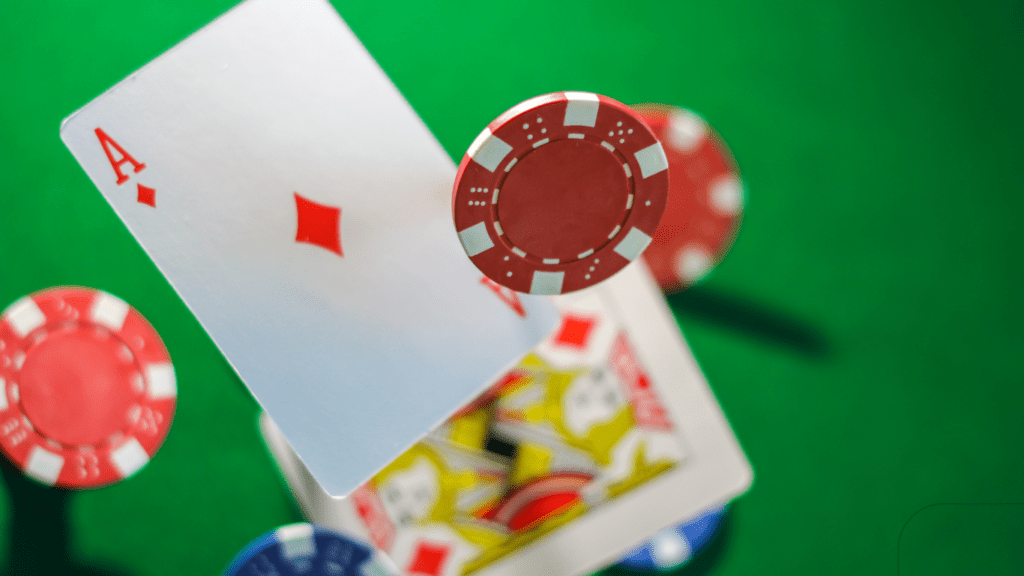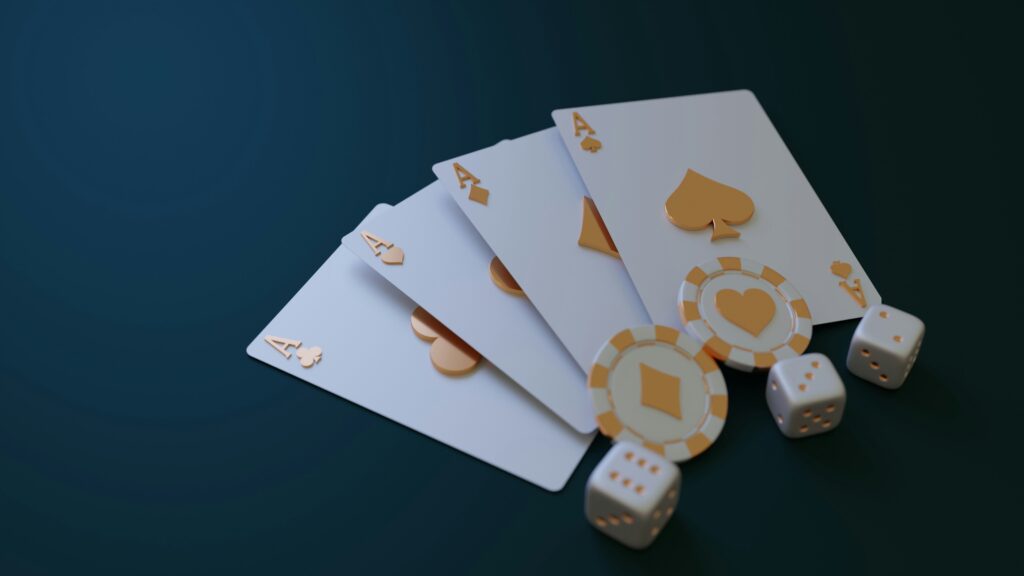Stepping into the realm of advanced poker tactics unveils a thrilling world where strategy, psychology, and skill converge in a battle of wits. In this high-stakes game, mastering the art of bluffing and reading opponents is the key to staying ahead. As I delve into the intricate dance of deception and perception at the poker table, I’ll guide you through the nuanced strategies that separate the amateurs from the pros.
Bluffing isn’t just a move; it’s a calculated risk that can turn the tide of a game in an instant. Understanding when to bluff, how to execute it flawlessly, and deciphering your opponents’ reactions are skills that set elite players apart. Join me on this journey as we explore the mind games, subtle cues, and strategic plays that define the thrilling world of advanced poker tactics.
Understanding Advanced Poker Tactics
As I delve deeper into advanced poker tactics, it’s crucial to master the art of bluffing and reading opponents. Let’s explore the intricacies of these skills and how they can give you an edge at the table.
The Art of Bluffing
Bluffing in poker is a strategic maneuver where I can deceive my opponents into believing I have a stronger hand than I actually do. It’s essential to bluff selectively and at the right moments to keep my opponents guessing and maintain my advantage.
Mastering Opponent Reads
Reading opponents in poker involves analyzing their behavior, betting patterns, and body language to gain insights into the strength of their hands. By mastering opponent reads, I can better predict their moves, make informed decisions, and ultimately outplay them at the table.
Key Strategies in Bluffing
Bluffing in poker is a strategic art that requires careful consideration and timing. It’s essential to understand key strategies that can enhance your bluffing techniques and give you a competitive edge at the table.
Timing Your Bluffs
Timing is crucial when it comes to executing successful bluffs in poker. I find that observing my opponents’ betting patterns and tendencies helps me determine the right moments to bluff. It’s important to wait for the opportune time when your bluff is most likely to succeed based on your opponents’ behavior.
Psychological Aspects of Bluffing
Understanding the psychological aspects of bluffing is a powerful tool in poker. I have learned that creating a specific table image can influence how opponents perceive my playing style. By maintaining a consistent demeanor and mixing up my betting strategies, I can manipulate opponents’ perceptions and make my bluffs more effective. Poker is as much about psychology as it is about skill, and mastering the psychological aspects of bluffing can give you a significant advantage at the table.
Techniques for Reading Opponents

When it comes to poker, understanding how to read your opponents can give you a significant advantage at the table. By recognizing physical tells and analyzing betting patterns, you can gain valuable insights into your opponents’ hands. Let’s dive into these essential techniques:
Recognizing Physical Tells
In poker, physical tells refer to unconscious behaviors or gestures that can reveal the strength of a player’s hand. It’s essential to observe your opponents closely for any subtle cues that may give away information. Some common physical tells include:
- Trembling Hands: Nervousness or excitement can cause a player’s hands to tremble when they have a strong hand.
- Avoiding Eye Contact: Players who avoid eye contact may be bluffing or feeling insecure about their hand.
- Sudden Stillness: A sudden lack of movement can indicate a strong hand, as players often try to appear relaxed when bluffing.
By paying attention to these physical cues, you can make more informed decisions at the poker table and adjust your strategy accordingly.
Analyzing Betting Patterns
Another crucial aspect of reading opponents in poker is analyzing their betting patterns. How a player bets can reveal valuable information about the strength of their hand. Here are some key points to consider:
- Bet Sizing: The size of a player’s bets can indicate the strength of their hand. Small bets may signal weakness, while large bets often represent a strong hand.
- Timing of Bets: The timing of a player’s bets can also provide insights. Quick bets may indicate a strong hand, while hesitation could signal uncertainty.
- Changes in Bet Patterns: Observing any changes in a player’s betting patterns can help you adapt your strategy. For example, sudden aggression after passive play may signal a strong hand.
By analyzing these betting patterns, you can better predict your opponents’ moves and make informed decisions during the game. Mastering the art of reading opponents is a key skill that can take your poker game to the next level.
Implementing Tactics in Real Games
When implementing advanced poker tactics in real games, I focus on honing my skills through practice scenarios and adapting to the playing styles of different opponents.
Practice Scenarios
In my experience, regularly engaging in practice scenarios has been instrumental in refining my strategies. By simulating real-game situations, I’m able to test new tactics, analyze outcomes, and adjust my approach accordingly. Practicing various bluffing techniques in simulated games helps me gain confidence in executing them effectively during actual gameplay.
Adjusting to Different Opponents
Adapting to the diverse playing styles of opponents is a key aspect of successful poker gameplay. I pay close attention to individual behaviors and tendencies, such as betting patterns and physical cues, to tailor my strategies accordingly. By observing and analyzing how each opponent reacts in different situations, I can make informed decisions that give me an advantage at the table.

 David Fields is a dedicated contributor to Jackpot Joyfully, specializing in the intricacies of sports betting and casino games. With years of experience in the gaming industry, David provides readers with expert advice, detailed strategies, and the latest insights to help them make informed decisions. His commitment to fostering a fun yet responsible gaming environment shines through in every article he writes, making him a trusted voice for both new and experienced players.
David Fields is a dedicated contributor to Jackpot Joyfully, specializing in the intricacies of sports betting and casino games. With years of experience in the gaming industry, David provides readers with expert advice, detailed strategies, and the latest insights to help them make informed decisions. His commitment to fostering a fun yet responsible gaming environment shines through in every article he writes, making him a trusted voice for both new and experienced players.

